My Lyft Experience
I’ve been seeing more and more pink mustachioed cars while on delivery uptown. They belong to ride sharing drivers with the company Lyft. I decided to do some research.
A few weeks ago, I checked out the Lyft website and decided to download the app. I learned there was a promotion that gave me 2 weeks of free rides (the “Pioneer Program”), but it still took me a week and a half to get up the nerve to take my first.
Samantha was my driver. She looked to be in her thirties and described herself as “bubbly.” (Her description was apt. She even said one user complained of her being too talkative.) From Samantha’s rear view hung a tiny dream catcher, a female anime figurine and a power crystal.
Once Samantha knew it was my first Lyft, she launched into her well-rehearsed Lyft introduction. She got involved with Lyft first as a customer, going out on weekends, but then became a part-time driver to supplement her income from her job at a law office.
Samantha told me about the Drivers’ Lounge, a private Facebook group with all the Lyft drivers in Charlotte. Most drive part-time. They often discuss issues like how to respond when a drunken couple starts making out and asks for loud music and no peeking.
Two days later I had another opportunity to use the service. I had my roommate drop me and my bike off at work. I summoned a Lyft afterwards and Michael was my driver. We talked on the phone to make sure he could handle the bike.
Michael pulled up in an off-white Kia SUV. I stood there a moment as he wrapped up a phone negotiation about a meeting time, or maybe it was the terms of a sales deal – it sounded business-y. Michael was a big man and looked surprisingly normal. A pair of wraparound sunglasses sat atop his head. He wore a fleece pullover, generic jeans and new outdoor shoes. Outside the car, I reached out to shake, but Michael countered with the Lyft ceremonial fist-bump. “Of course,” I said, honoring the prescribed Lyft greeting. Michael helped load my disassembled bike in the back of the SUV and we headed off.
When I asked if he works another job, Michael said he just does Lyft and other odd jobs. Our conversation unwound calmly, moving from Michael’s family to the weather to other Lyft drivers. Michael seemed unimpressed with the conversations in the Lounge.
I found myself comparing him to my dad, but I got the sense that he was a little more left leaning. I read between the lines of a couple comments about traffic laws and his daughter’s school. I asked him about a Buddha figuring bouncing atop a spring stuck to his dashboard. “You’ve gotta stay mellow out here,” he said. I never had to spend any of my own money on Lyft, but I would definitely keep it in mind if I ever got in a pickle.
Lyft Logistics
Lyft’s app and marketing are slick and simple. Their instructions amount to a 3-screen slideshow. Lyft is so simple, in fact, that I couldn’t figure out how pricing and payments worked. The app and main website don’t say anything about the topic explicitly. Pricing is different in each city. I finally managed to dig out the pricing page in the site’s help section.
My first ride was $16, though I didn’t yet know how to leave a tip. The same ride would have been about $21 in a conventional cab. My second ride came to $21 including a couple distracted turns, and I left $4 for Michael, reaching my $25 limit for free rides under the “Pioneer Program.” A traditional cab fare would’ve been comparable.
The Pioneer program is Lyft’s promotion to get new users on Lyft. They offer 2 weeks of free rides in a new or expanded area. Charlotte is under the Pioneer program now, though neither of my drivers could say when it would end.
My ride with Samantha took place early on a Saturday evening. Samantha said she was just working a 2-hour shift before she went out with friends for the night. Part of the attraction for drivers to join Lyft is the flexible schedule. Michael’s wife works full time. He supplements their income during the day while his 13-year-old daughter is in school.
Lyft is not the only ride sharing service of its kind. Uber is Lyft’s high-brow competition. Michael recounted looking into the company only to find that, at the time, the company required drivers have black vehicles. “I knew that wasn’t for me,” he said. He much prefers Lyft’s friendly, chilled-out culture.
Both Uber and Lyft vary pricing based on demand, although Lyft’s adjustments are smaller. A report on Uber cited a 9x surge price in New York City during a snowstorm this winter. Lyft warned me that I’d pay an extra 25% to my driver on a weekend evening, all of which would go to her. Lyft also recently introduced “happy hour” pricing, reducing rates during slow periods like mid-afternoon and late night. Both companies send 80% of fares to drivers during regular hours, but Lyft gives all of its prime time increases to drivers. Uber always keeps 20%.
I got the sense talking to Michael that he earns a couple dollars an hour more than me and works about as much in a week. Lyft seems like a good part-time job for those with some free time, ambition, charisma and a newish car (2000 or newer).
All this innovation would seem to be a win to both drivers and riders, but conventional taxi companies are likely the sorest players. Ride sharing companies have fought regional legal battles to remain exempt from citywide taxi rates. Lyft gets around this by calling fares “donations” in certain cities. The legal question is still up for debate. Only time will tell how regulators and consumers will shape the future of urban transportation in the years to come.
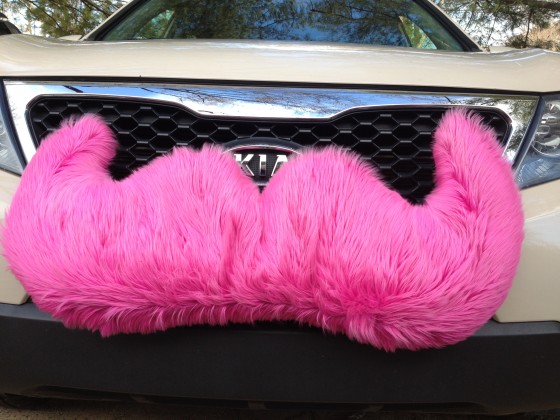
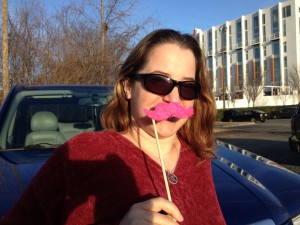
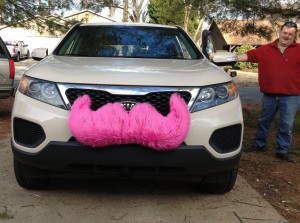
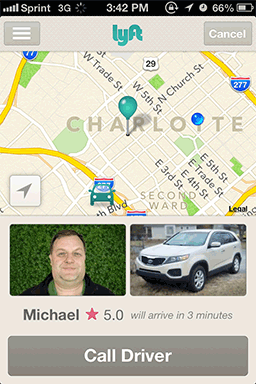
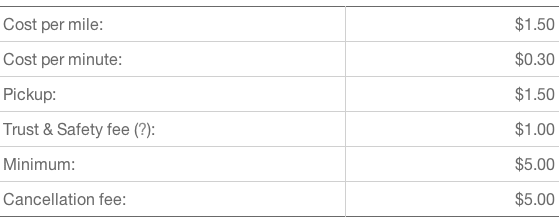


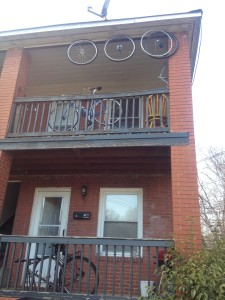
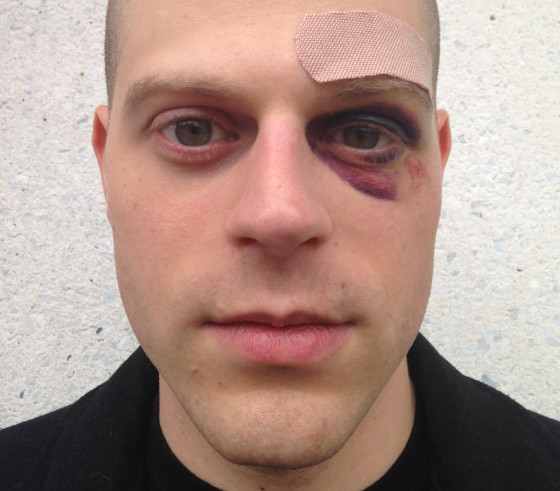
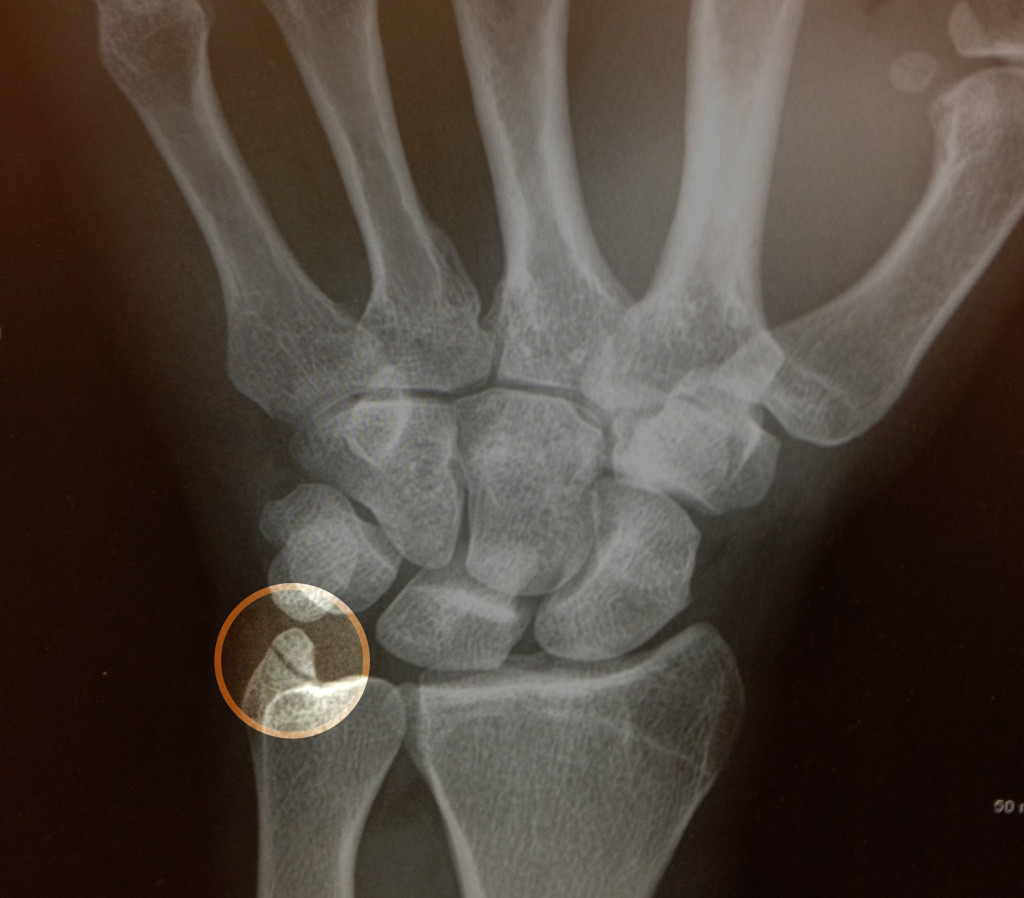
Recent Comments